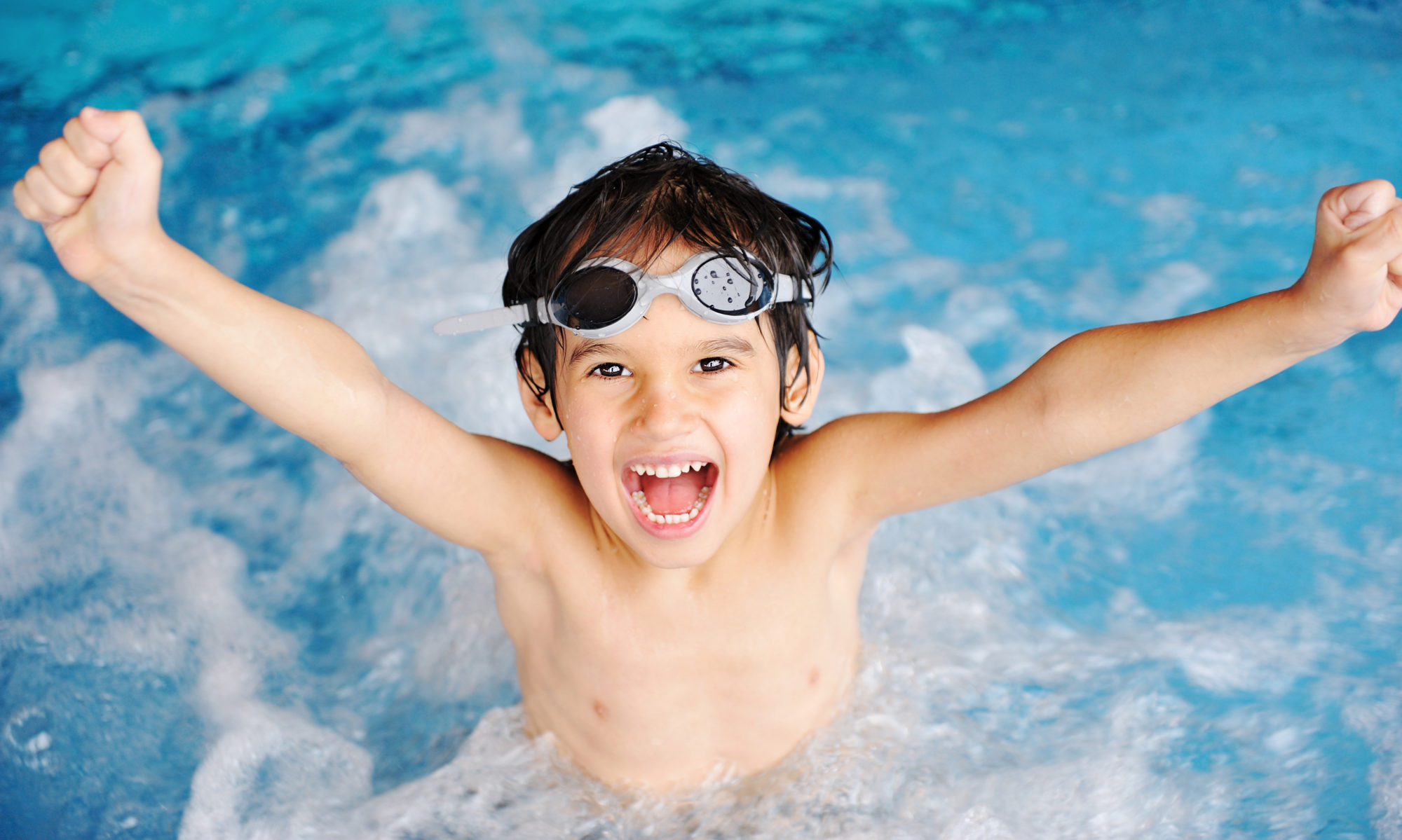When you’re teaching your kids to swim, it’s easy to get caught up in your own plan for the lesson, but you and your child will do better if you focus on observing and responding to your child. The lesson plan is just a starting point. The more your child drives the lesson, the more tailored it will be for exactly what he needs to learn and where he is developmentally. How do you turn your lesson plan into a child-driven swimming lesson?
Watch your kids.
Watch your child to see not only how he’s doing with the swimming skills you’re teaching but also how he’s feeling. If he looks nervous or afraid, move closer, provide more physical support, and heap on the praise for the effort he’s making. If he looks frustrated, take a break, backtrack to a skill you’ve already covered, or take a different approach to the skill you’re practicing. You know your child. When he’s frustrated, he might want more guidance, or he might want more space to try things independently.
When in doubt, help.
If you’re not sure whether your child needs more support while you’re teaching, give it to him. It’s important to make sure your child feels confident and secure. Fear and frustration make learning hard, so step in if there’s any chance his feelings are heading in that direction. Tomorrow’s post will look more at how to respond to fear.
Respond to boredom.
If he looks bored and he’s not physically challenged by what you’re practicing, congratulations! You’ve gone as far as you can with that skill for the lesson. Expand or refine the skill slightly to make it challenging again or move on to the next skill. If he looks bored and he’s still not quite getting it, switch to a game that uses the skill he’s practicing instead of straight practice.
Keep an eye on comfort.
Try to spot early signs of cold or fatigue. If your child looks cold or physically uncomfortable, it’s time to get out of the pool, dry off, sip a hot drink, and have a snack. As he gets tired, his form will become sloppy, and that sloppy form is what your child will start to internalize and make into a habit. When you see your child’s form—at whatever level of development it is—start to deteriorate during a swimming lesson, call it quits.
